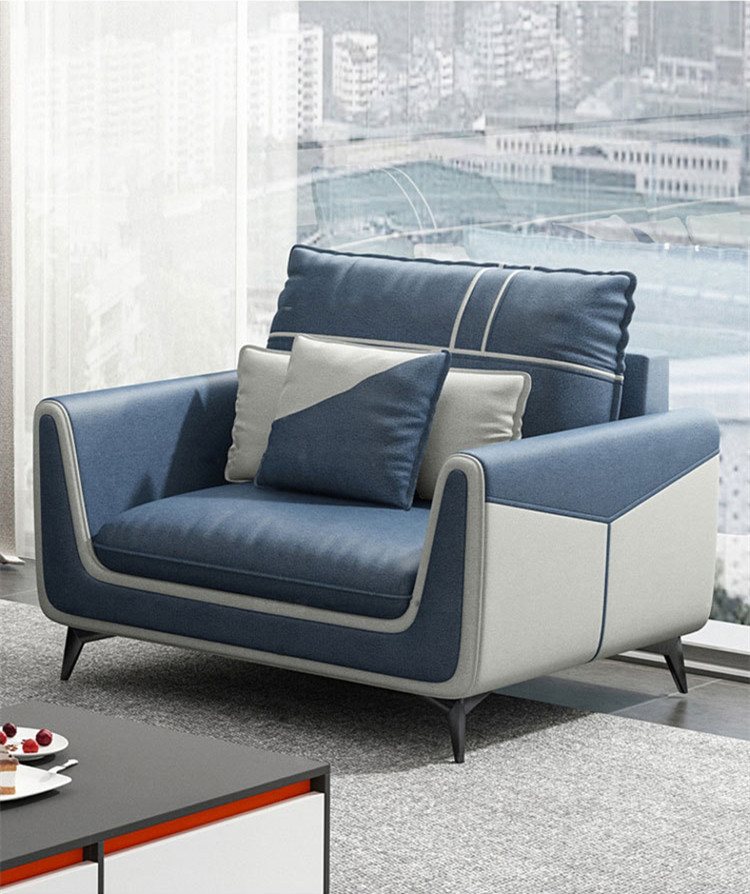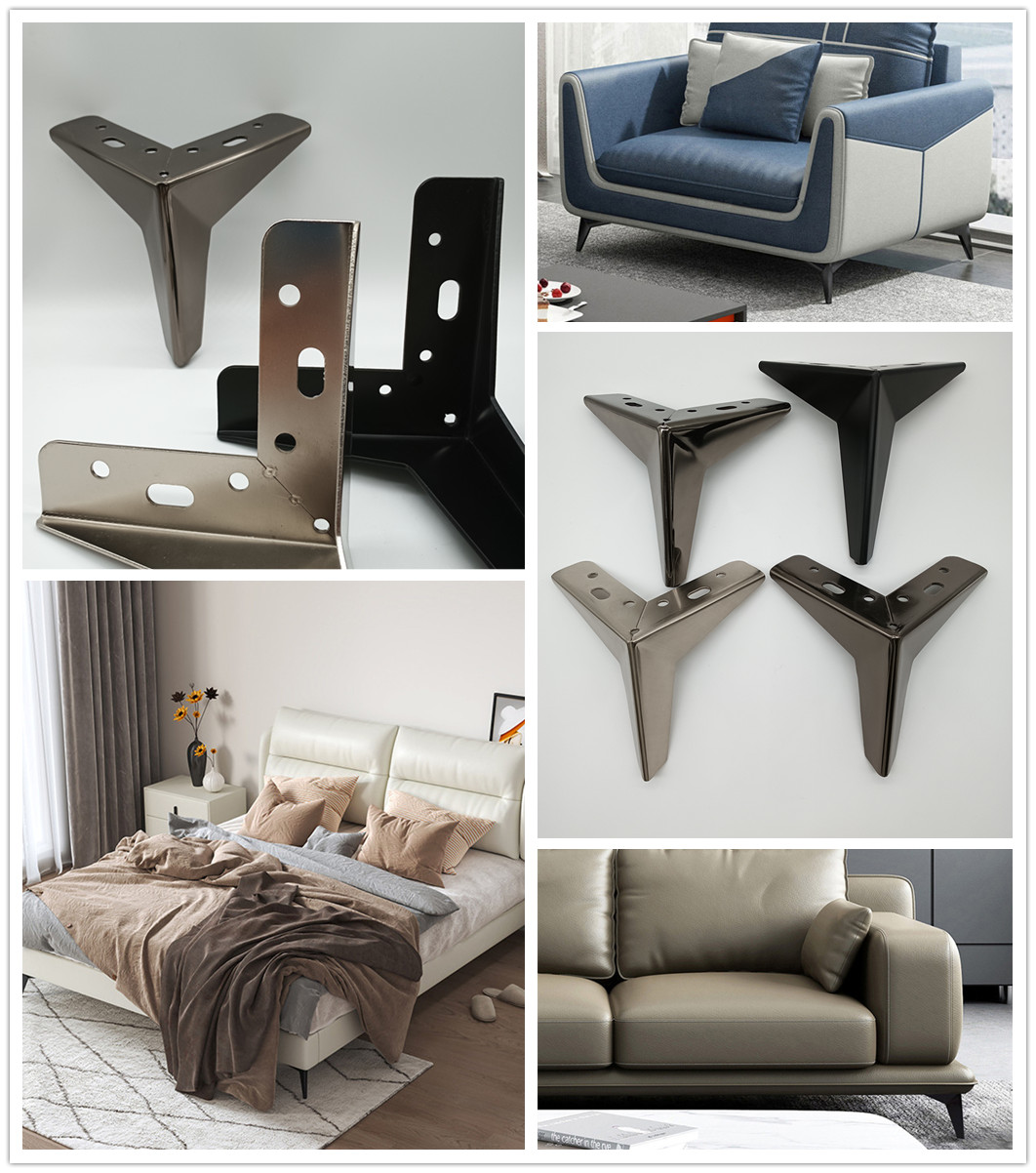Views: 0 Author: Site Editor Publish Time: 2025-10-18 Origin: Site









When it comes to selecting the right table, one of the most important decisions you'll make is choosing the correct size for your metal table legs. The size of the legs influences not only the table’s functionality but also its overall aesthetic. Whether you are customizing a dining table, coffee table, or bar table, understanding the standard sizes for metal table legs is crucial to ensure the piece fits the intended space and purpose.
Choosing the right size for your metal table legs is about more than just picking a length. It’s about achieving the perfect balance between stability, comfort, and design. This choice plays a pivotal role in how your table will function, the ease of use, and how it complements the rest of the room.
End/Coffee Tables: Metal table legs for coffee tables usually range from 16 to 24 inches. This height offers a comfortable viewing experience while seated on a sofa or armchair.
Dining Tables: The standard height for dining table metal legs is typically between 28 to 30 inches. This height is ideal for most dining chairs, ensuring that there’s enough space for comfortable seating.
Counter Tables: Metal legs for counter tables are usually between 34 to 37 inches tall. These are used for kitchen islands and breakfast bars where people may stand or use high stools.
Bar Tables: Bar tables are taller, generally ranging from 40 to 43 inches, providing enough height for people sitting on bar stools.
The height of your metal table legs impacts both comfort and functionality. For example, a dining table requires a height that matches the average chair height, usually between 18 to 20 inches from the seat to the tabletop. Bar tables, being higher, provide space for stools but need to ensure users can comfortably rest their elbows. Therefore, matching leg height to table purpose and seating is essential for an optimal experience.
Choosing the right leg height depends on multiple factors:
| Table Purpose | Dining, coffee, or bar tables require different heights. |
| Room Dimensions | Ensure the table leg size complements the available space. |
| Seating Type | Chairs, stools, and sofas all have specific height requirements to ensure comfort. |
The width of metal table legs significantly affects the stability of the table. Thicker, wider legs offer more support, which is essential for heavy-duty use, such as dining tables or desks. A wide metal leg ensures that the table won’t tip over under pressure, while thinner legs are often more suitable for lighter coffee tables or decorative furniture.
Coffee Tables: The legs typically range from 5 to 14 inches in width. Narrower legs can provide a minimalist look, but wider legs add strength and stability.
Dining Tables: For dining tables, leg widths can range from 2 to 24 inches. Larger, stronger legs are preferred for long tables or those made from heavier materials.
Bar Tables: Metal bar table legs should be between 8 to 14 inches wide, providing ample support for standing or sitting at a raised height.
The width of the table legs should complement the material and size of the tabletop. Heavier materials, such as solid wood or stone, require stronger, wider metal legs to support the weight. Lighter materials like glass can be paired with thinner, sleeker metal legs, providing a more modern, elegant appearance.

When selecting metal table legs, the proportions of the legs relative to the tabletop are crucial for aesthetic harmony. Thick tabletops often pair best with bulkier legs, while thinner tops look better with more slender, delicate legs. Achieving a balanced look is key to ensuring the table doesn't feel top-heavy or out of place.
Customizing the size of your metal table legs is a great way to make your table stand out. For DIY projects or specific design needs, many metal leg manufacturers offer adjustable height and width options. Whether you're opting for a set of sleek, minimalistic legs or more industrial, heavy-duty options, the customization allows you to adapt the size to fit your exact vision.
Metal table legs come in various designs to suit different applications. For instance:
U-shaped legs provide a sturdy base for larger tables.
Tripod-shaped legs are popular for smaller, more modern tables.
Straight legs are versatile and often used for both heavy-duty and lightweight applications.
Metal table legs come in a variety of materials, such as steel, aluminum, and iron. Steel is the most popular for its strength and durability, ideal for large tables. Aluminum, on the other hand, is lighter and easier to maintain but still provides adequate strength for most furniture.
Stronger materials allow for slimmer, more elegant metal legs without compromising stability. For instance, a steel leg can be thinner yet still bear significant weight, making it perfect for industrial or minimalist designs. In contrast, aluminum legs may need to be slightly thicker to provide the same support.
Metal legs are known for their long-lasting durability and ease of maintenance. They don’t warp, crack, or require refinishing like wooden legs. Larger and thicker metal legs provide enhanced durability, ensuring that your table remains sturdy for years to come with minimal upkeep.
The size of your metal table legs can impact how well your table fits into your room. For smaller spaces, you may want to opt for shorter legs to make the room feel more open. Larger rooms may benefit from longer, more imposing legs to create a statement piece. Take measurements to ensure your table complements the available space.
Proper clearance between your table legs and chairs is essential for both comfort and style. Ensure that there’s enough space between the table and chairs so that users can move freely. A standard guideline is to allow at least 24 inches of space per person sitting at the table, with an additional 2-6 inches between chairs for elbow room.
Several factors influence the decision about leg size:
Design Preferences: Sleek, modern designs might call for smaller, more delicate legs, while industrial styles may need bulkier legs for a sturdy look.
Functionality Needs: Tables that need to support heavy objects or large groups will require sturdier, thicker legs.
Space Considerations: The available room and aesthetic preferences will guide the choice of leg size, ensuring the table fits harmoniously within the space.
To select the correct metal table leg size, measure the height of the table and the thickness of the tabletop. For instance, if you have a 30-inch dining table, consider the height of the chairs you’ll use and the amount of space you need underneath. This will help you choose the appropriate leg size that ensures comfort and stability.
When choosing metal table legs, always strike a balance between functionality and aesthetic appeal. The legs should not only support the table but also align with your desired style, whether it’s minimalist, industrial, or modern.
From hairpin legs for a mid-century modern style to industrial pipe legs for a more rugged look, choosing the right design for your space is crucial. Experiment with different metal finishes such as matte black, brushed steel, or gold for a look that complements your room’s décor.
Selecting the right size for your metal table legs is crucial for both functionality and aesthetics. The proper leg size ensures stability, comfort, and balance with your tabletop, enhancing the overall design. Always consider the table's purpose, available space, and style when making your choice.
Careful measurements and thoughtful design decisions can elevate your table, making it a centerpiece that suits your space perfectly. Custom metal legs, like those offered by KUKI, provide a unique touch while guaranteeing functionality and style.
A: Metal table legs for dining tables typically range from 28 to 30 inches in height. This ensures the table is comfortable for standard dining chairs.
A: When selecting a table metal leg, consider the table's purpose, the height of the chairs, and the overall design. Make sure the legs are proportional to the tabletop.
A: Yes, standard sizes for metal table legs vary by table type. For example, 16 to 24 inches for coffee tables, 28 to 30 inches for dining tables, and 40 to 43 inches for bar tables.
A: The size of the metal table leg affects the table’s stability, comfort, and overall aesthetic. Choosing the right size ensures the table is functional and visually balanced.
A: Yes, metal table legs can be customized to suit specific design needs. Companies like KUKI offer a variety of sizes and finishes to fit your project.





